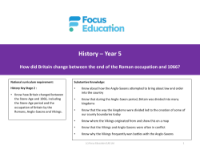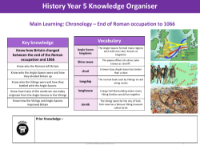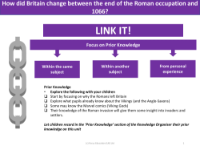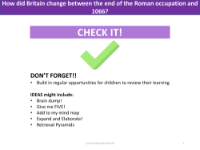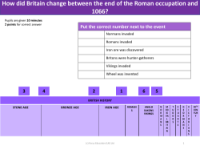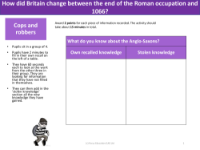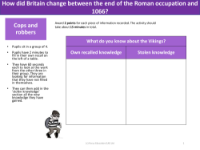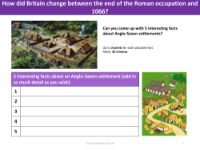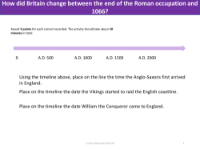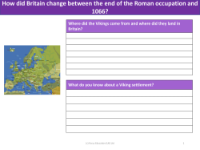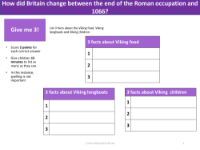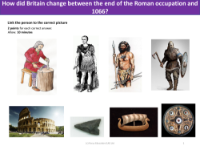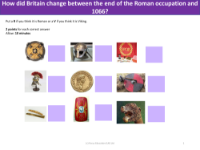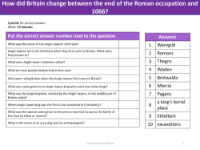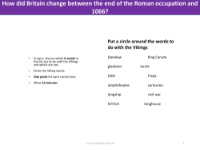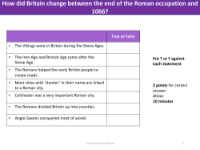Mini quiz - Vikings

History Resource Description
One common misconception about the Vikings is that they wore horned helmets during battle. In reality, there is no historical evidence to support this image; it was popularised by 19th-century artists and later by film and media. The truth is, Viking helmets were typically simple, conical designs made of iron and provided protection without any ornamental horns.
Long-ships were highly successful modes of transport for Vikings due to their unique design. They were long, narrow, and light, with shallow drafts that allowed them to navigate both open sea voyages and close to shore or up rivers, making them versatile for trade, exploration, and raids. The symmetrical bow and stern allowed for swift reversals in direction, and their flat bottoms enabled them to land directly on beaches.
The Vikings originated from Scandinavia, specifically the modern-day countries of Norway, Sweden, and Denmark. This region's harsh and challenging environment played a significant role in shaping the Viking culture and their pursuits overseas.
One main difference between the life of a Viking boy and girl was their societal roles and the skills they were taught. Boys were trained in the arts of warfare and navigation, preparing for lives as warriors or traders. Girls, on the other hand, were mainly taught domestic skills such as cooking, weaving, and managing the household, reflecting the gender-specific roles of the time.
Between the end of Roman occupation and 1066, Britain underwent significant changes. The Roman withdrawal led to political fragmentation and the decline of urban life. Over time, several groups including the Anglo-Saxons, Vikings, and Normans influenced the country, each leaving their mark on the culture, language, and governance of Britain. The landscape shifted from Romanised towns to rural, feudal societies with a network of kingdoms that would eventually form the basis for the modern United Kingdom.
